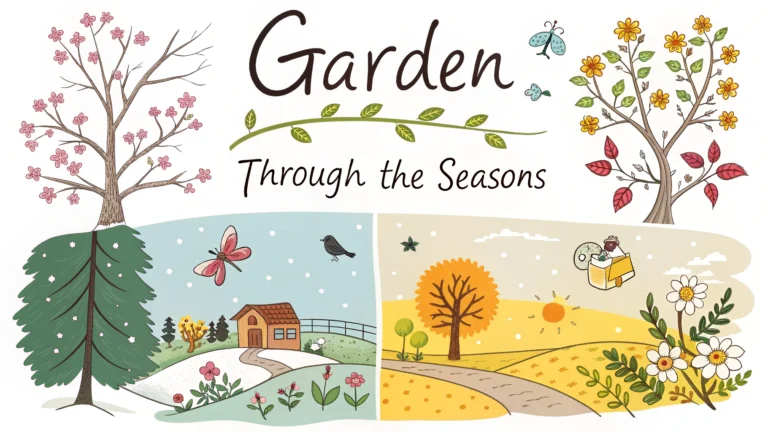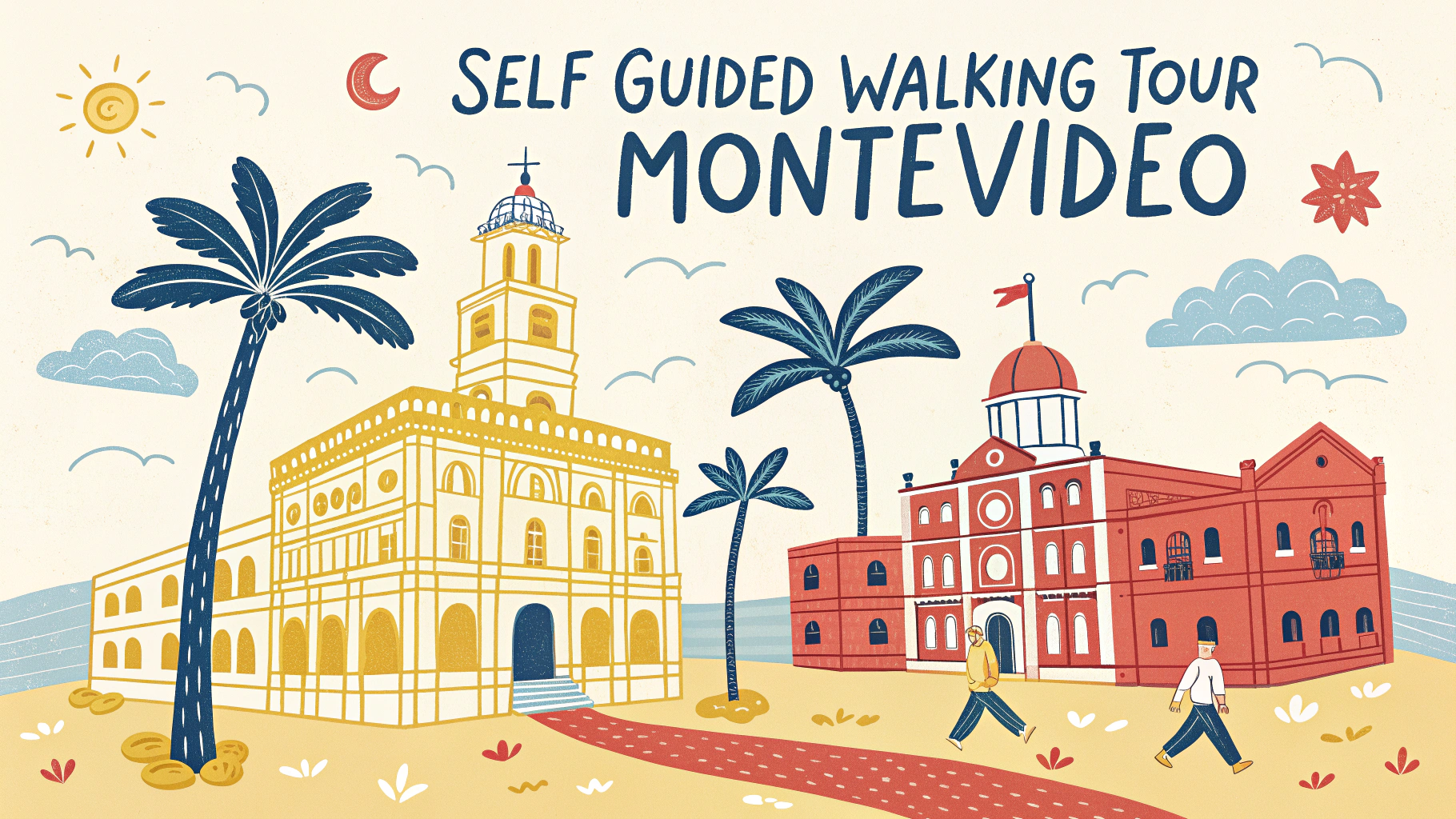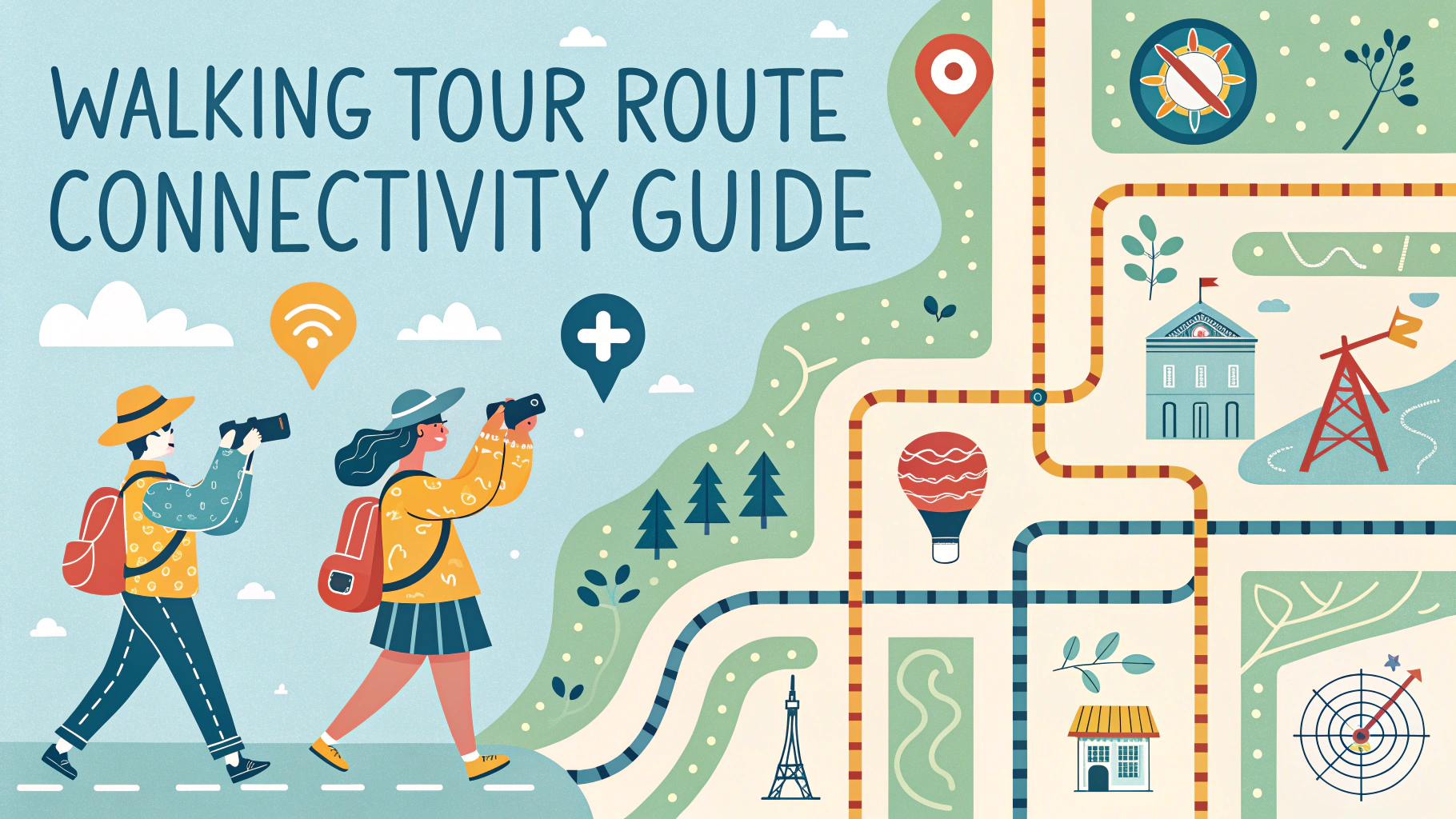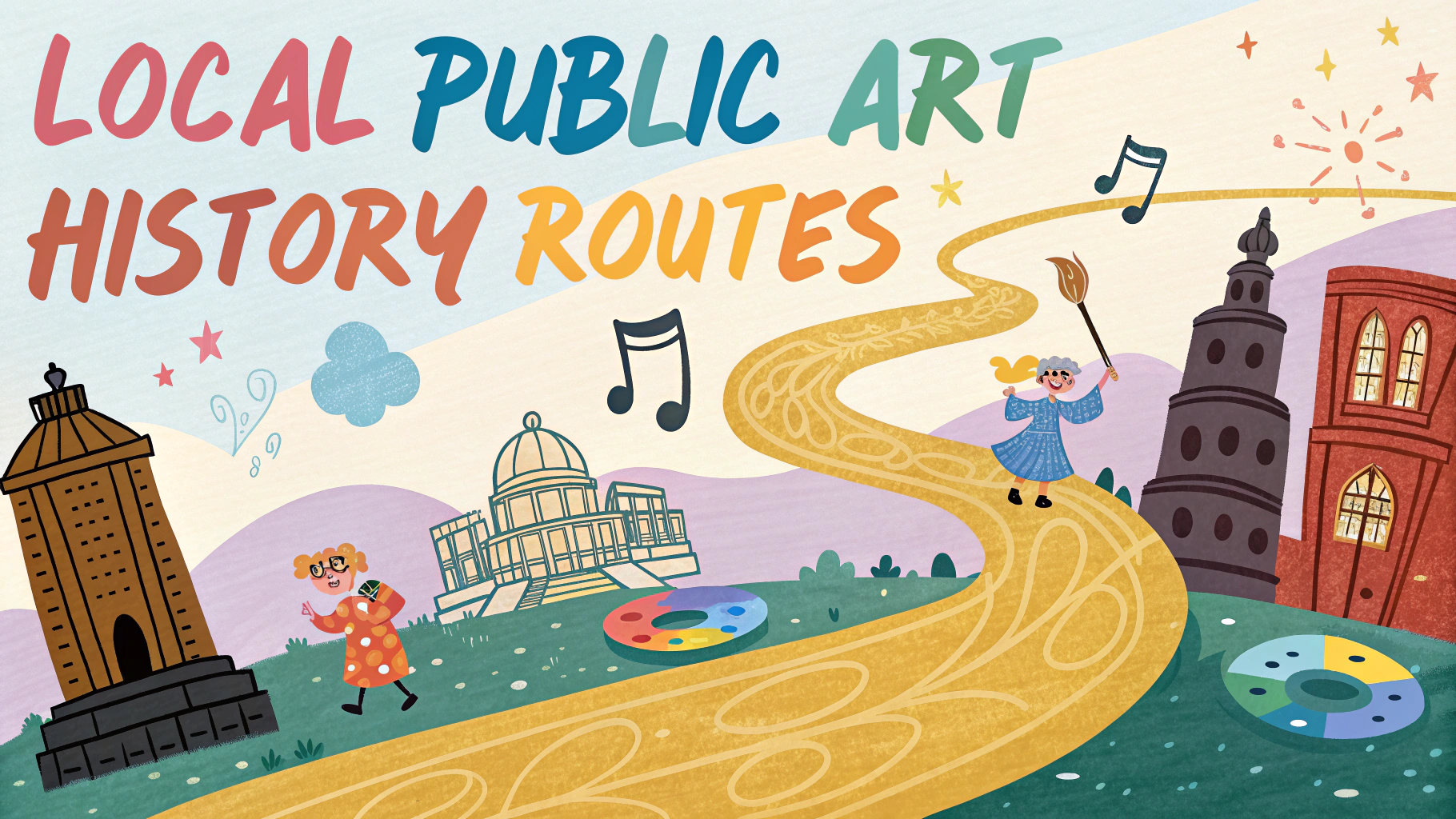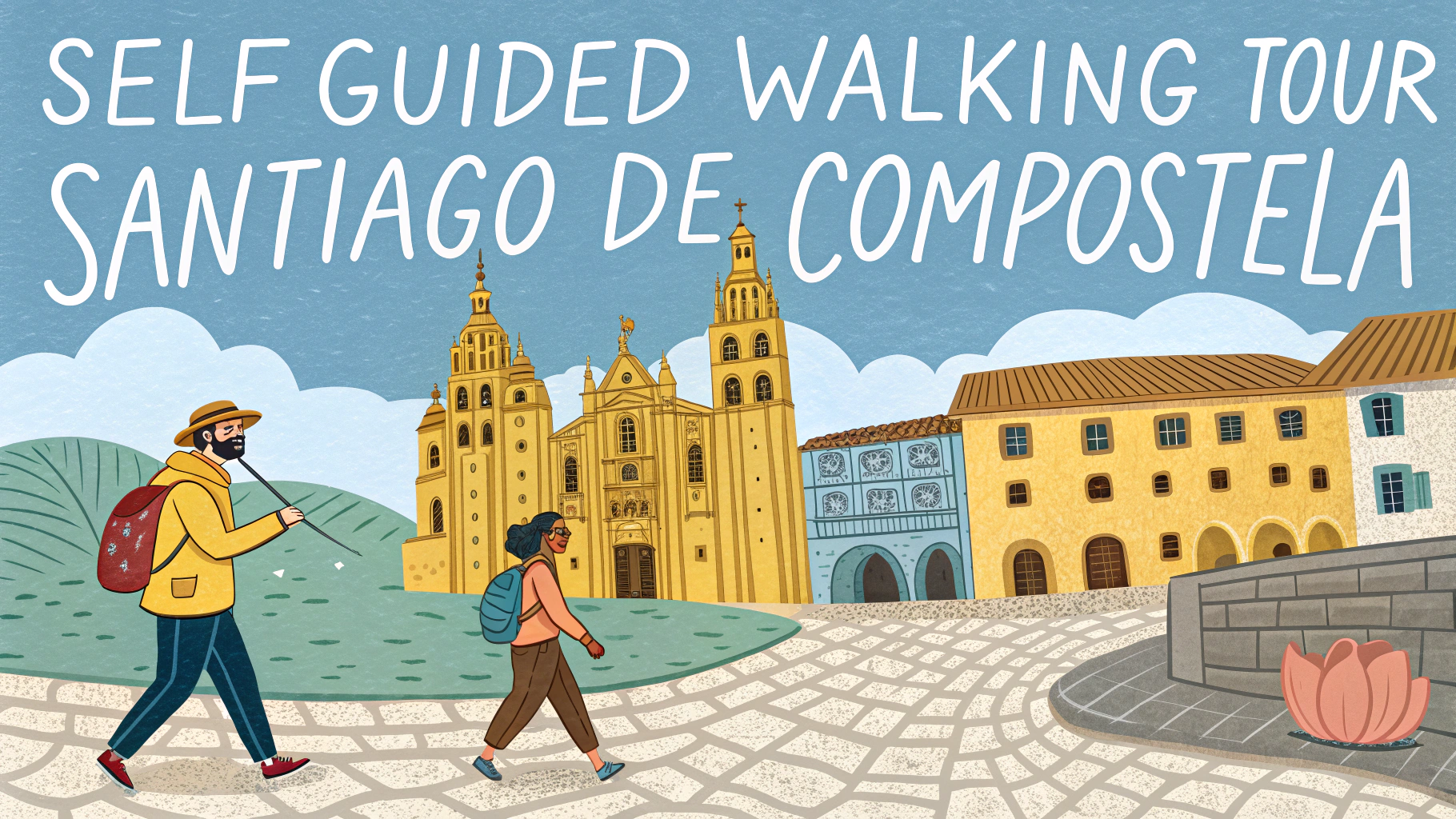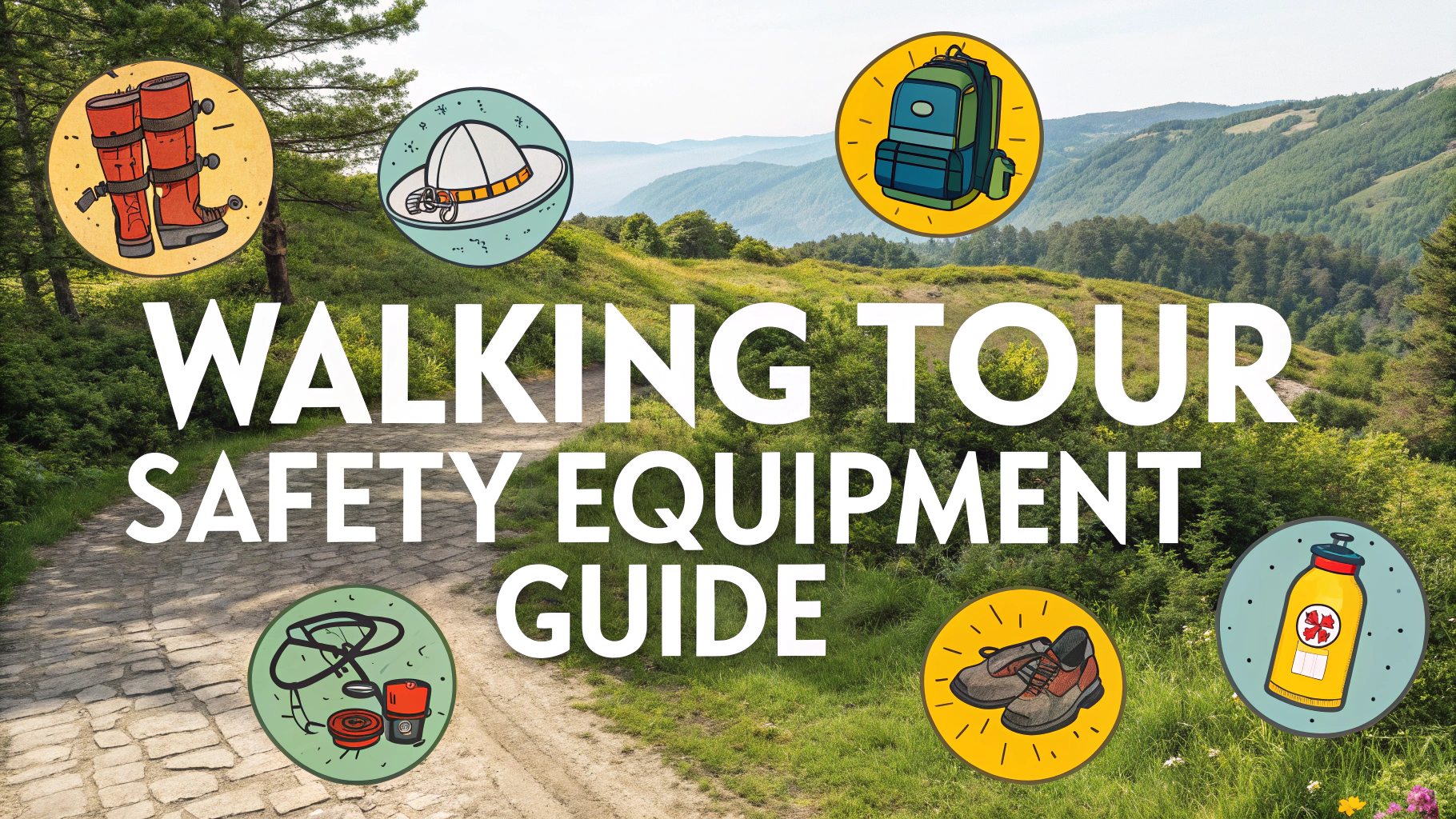Taking a self-guided garden tour lets you explore beautiful landscapes at your own pace while learning about plants, design, and seasonal changes.
Planning Your Garden Tour
Research local public gardens, botanical gardens, and historic estates in your area that offer self-guided walking tours.
- Download garden maps and guides in advance
- Check opening hours and admission fees
- Wear comfortable walking shoes and weather-appropriate clothing
- Bring a camera and notebook to document inspiration
- Consider getting a garden membership for frequent visits
Seasonal Highlights
Spring Garden Tours (March-May)
- Blooming bulbs like tulips, daffodils, and hyacinths
- Flowering trees and spring ephemerals
- Early perennial garden beds
- Japanese gardens featuring cherry blossoms
Summer Garden Tours (June-August)
- Rose gardens in peak bloom
- Perennial borders at their fullest
- Kitchen gardens with vegetables and herbs
- Water gardens and lotus displays
Fall Garden Tours (September-November)
- Autumn foliage and ornamental grasses
- Late-blooming perennials like asters and mums
- Harvest displays and fall fruits
- Japanese maples in fall color
Winter Garden Tours (December-February)
- Evergreen structure and winter interest plants
- Conservatory displays and indoor gardens
- Winter berries and bark features
- Holiday light displays
Photography Tips
Early morning and late afternoon provide the best lighting for garden photography.
- Use macro mode for close-ups of flowers
- Capture wide shots to remember overall design ideas
- Take photos of plant labels for reference
- Consider weather conditions for dramatic shots
Making the Most of Your Visit
Focus on one section or theme per visit to avoid garden overwhelm.
- Start with the garden’s signature attractions
- Follow suggested walking routes on maps
- Take breaks at designated seating areas
- Visit garden centers or gift shops for plants and supplies
Resources
- American Horticultural Society – Find reciprocal admission gardens
- American Public Gardens Association – Garden directory
- National Trust Gardens – Historic gardens directory
Learning Opportunities
Self-guided tours offer valuable educational experiences for both novice and experienced gardeners.
- Study plant combinations and color schemes
- Observe garden design principles in action
- Learn about native and exotic plant species
- Discover sustainable gardening practices
- Gain inspiration for your own garden
Garden Etiquette
Follow these guidelines to ensure an enjoyable experience for all visitors:
- Stay on designated paths
- Do not pick flowers or collect plant materials
- Keep voices low to maintain peaceful atmosphere
- Follow photography policies
- Respect wildlife and natural habitats
Special Features to Look For
Design Elements
- Focal points and garden art
- Hardscape materials and patterns
- Water features and fountains
- Seating areas and pergolas
Plant Collections
- Specialty gardens (butterfly, rock, shade)
- Rare plant specimens
- Historic or heritage plants
- Educational displays
Conclusion
Self-guided garden tours provide enriching experiences that change with each visit and season. By planning ahead and following these guidelines, you’ll maximize learning opportunities while creating lasting memories of beautiful landscapes. Consider joining a local garden society to connect with fellow enthusiasts and access exclusive garden tours throughout the year.
FAQs
- What are the best times of year to take a garden walking tour?
Spring (March-May) and summer (June-August) offer peak blooming periods, while fall provides colorful foliage displays. Winter tours can showcase evergreens and architectural features. - How long does a typical self-guided garden tour take?
Most self-guided garden tours take 1-2 hours to complete, though timing can vary based on garden size, walking pace, and how often you stop to observe plants. - What should I bring on a self-guided garden tour?
Comfortable walking shoes, water bottle, garden map, camera, weather-appropriate clothing, sun protection, and a plant identification app or guidebook. - Is it acceptable to take photographs in public gardens?
Most public gardens allow photography for personal use, but commercial photography typically requires special permits. Always check specific garden policies. - How can I identify plants during my self-guided tour?
Look for plant labels in the garden, use plant identification apps, carry a garden guidebook, or take photos to research later. Many gardens also provide plant lists. - Are self-guided garden tours wheelchair accessible?
Many public gardens maintain accessible paths, but accessibility varies by location. Check the garden’s website or call ahead to confirm path conditions and accommodations. - What’s the difference between formal and natural garden tours?
Formal gardens feature structured layouts with geometric patterns and manicured plants, while natural gardens showcase native plants in more organic arrangements with wildlife habitats. - Can I collect seeds or cuttings during garden tours?
Most gardens prohibit collecting plant materials without permission. This helps protect plant specimens and prevent disease spread. - What features should I look for in each season?
Spring: bulbs and flowering trees; Summer: perennial flowers and roses; Fall: changing foliage and berries; Winter: evergreens, bark textures, and garden structure. - How can I make the most of my self-guided tour experience?
Visit during peak bloom times, use available garden maps, read interpretive signs, take photographs, make notes of inspiring ideas, and explore different paths and viewpoints.
